This is my take on a cost-conscious approach to maintaining my interest in amateur photography. Amid the spiraling cost of film and its associated services in film photography and the equally high cost of more advanced and complex digital SLR cameras, the offerings are a bit hard on my palette.
I went retro instead, for the vintage digital genre, a loose definition for digital cameras over 10 years old whose products have been surpassed by more advanced technology, and opted for the Canon EOS 300D (EOS Digital Rebel in North America, EOS Digital Kiss in Japan), the first entry-level digital SLR camera offered by Canon, and the pancake EF 40nn 1:2.8 STM, also by Canon, as the digital kit.
The difference in production years between the EOS 300D, which was launched in 2003, and the EF 40mm 1:2.8 STM, launched in 2012, does not matter here, as the EOS 300D is fitted with an EF-S lens mount, a mount compatible with all EF lenses offered by Canon, while the pancake EF 40mm, measuring a mere 22.8mm in depth, and weighing only 130 grams, is to me, is the perfect complement for the compact silver-sheen polycarbonate bodied 300D, also a lightweight at 560 grams.
With the EF 40mm lens, the APS-C sensor of the 300D, images will be recorded with a crop factor of 1.6x, the equivalent of using a 64mm focal length lens on a full-frame camera. This is a slightly odd measure, maybe for the better, as the focal length for a "normal lens" is between 40 to 60mm, while that of a "short telephoto" is between 70 to 200mm. Images will give the impression that it was taken with the camera nearer to the subject, and correspondingly, when viewed, are seen with a slightly compressed perspective.
The Canon EOS 300D
The Canon EOS 300D (EOS Digital Rebel in North America, EOS Digital Kiss in Japan) is a digital SLR camera with a 6.3-megapixel CMOS sensor, 7-point wide-area autofocus (AF) system, Continuous Shooting at approximately 2.5 frames, and a frame buffer for up to 4 shots. Images are recorded in one of six JPEG formats available or as a 12-bit RAW file.
Build-wise, the EOS 300D was the smallest and lightest of the EOS digital series cameras, measuring 142mm in width, 99mm in height, and 72.4mm deep. The compact design is also enhanced with a clustered operational environment, with dials, functions, and control buttons on the right side of the body for easy single-handed operation.
Categorized as an entry-level digital SLR camera, the 300D is a huge hit with enthusiasts as it was the first digital SLR kit to be sold under the US$1000 price bracket. As the accolades continued, the camera was often compared to the higher-ranked prosumer Canon EOS 10D model, which virtually has the same CMOS image sensor and image processing chip. Several 10D features can actually be unlocked and used in the 300D by installing non-official firmware.
Canon EF 40mm 1:2.8 STM Lens
The Canon EF 40mm 1:2.8 STM is the thinnest, and lightest lens of the EF mount series. The 6 elements in 4 groups lens with a minimum aperture of f/22, and a minimum focusing distance of 0.3 meters. The iris has a 7-blade diaphragm, AM/FM to enable the lens to be used as a full-time manual focus lens, and an enhanced silent operation with the incorporation of the STM (Stepper Motor} technology.
Not belittling its diminutive dimensions, low price availability, and rather slow maximum aperture, the lens also received its share of accolades. Reviews indicate that the EF 40mm F2.8 STM is an excellent product in a tiny, well-made package, capable of excellent-quality images, and with no qualms about being the go-to lens for an APS-C camera.
Starting Out
Getting the camera up and running was equally fast and easy. The charger hooked up and charged the battery in a couple of hours. I had the EF 40mm F2.8 mounted, and I was out of the door looking at the plants and flowers on the porch. As normal with my shooting habits, the first few shots with a new setup were taken with wide-open apertures.
Uploading the initial JPEG images to the tabletop was equally straightforward. I did not use the supplied card reader, just the supplied USB cable straight from the desktop to the camera, Windows did the honors of installing the driver software for the transfer automatically, and the transfer was done via Windows Photo. Post-processing was on my faithful standard and limited to Auto Tone Correction, Crop, Tone Curve, Brightness & Contrast, and Unsharp Mask.
Early Images
Impression
Wow, I am impressed, very very impressed, a full-fledged digital SLR camera for just above US $30, a great condition body, firm and fully functional, easy on the hand, just the right size, none too heavy, silky smooth body sheen, and the perfect fit for the Canon EF 40mm 1:2.8 STM, couldn't ask for more. On the EOS 300D, the 40mm STM lens is equivalent to a 64mm prime lens on a full-frame camera.
I am hooked, and yes, definitely, I am going vintage, with the Canon EOS 300D.
The Advice Column
While my virtue here is a low-budget start to your interest in photography and backing away from the ever-spiraling cost of advanced digitals, film, and services for vintage film cameras, getting a vintage digital for yourself is an exercise in prudence and explicit choice.
The original kit for the Canon EOS 300D, for example, comes complete with the Canon EOS 300D Digital SLR body, EF-S 18 - 55 mm F3.5 - F5.6 lens, Eyecup (attached to the camera), BP-511 Lithium-Ion battery pack, CB-5L Battery charger, Neck strap, USB Cable, Video Cable, CD-ROM: Canon Digital Camera Solutions Disk (Win/Mac), CD-ROM: Adobe Photoshop Elements (Win/Mac), and Manuals / Reg. card.
Do you need the complete kit to get started? Depending on what you already have, maybe yes, maybe not. What can you do with a body that is missing the eyecup? Don't take it. Missing the shoulder strap? That's acceptable. Not with a battery charger?
The EOS 300D body I bought from a very conscientious seller comes with a strap, body cap, battery, new USB charger, 2GB CF memory card, card reader, and USB data transfer cable. The set was enough to get me up and running, and the card reader was the bonus that caps it all.
Review, Technical Specification, and Instructions
While I write a fair bit of reviews on vintage film cameras and gain a fair share of hits and page visitations for this effort on ImagingPixel, doing one for digital cameras may not be as beneficial as writeups and reviews for 'modern' digital cameras are already well covered, recent, and readily available on the Internet.
One good site to visit is DPReview, use this link to the Canon EOS 300D Review page.
To download instructions for the EOS 300D, do so from Canon UK.




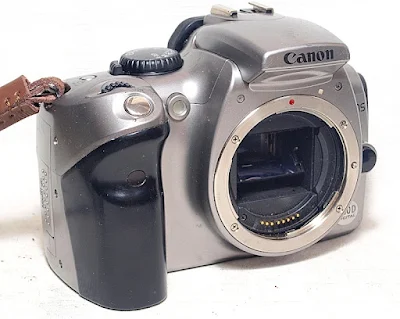

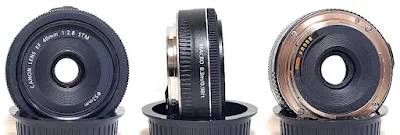


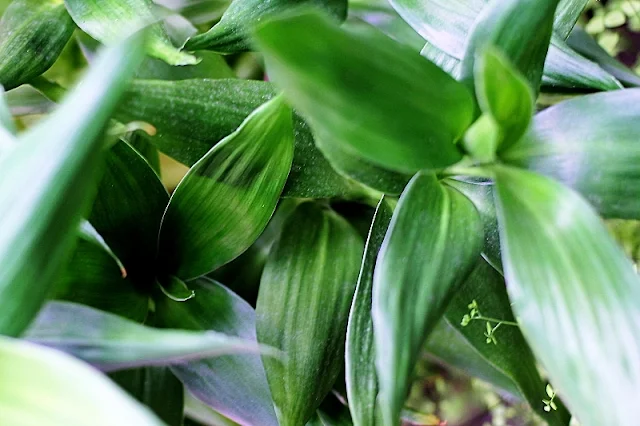



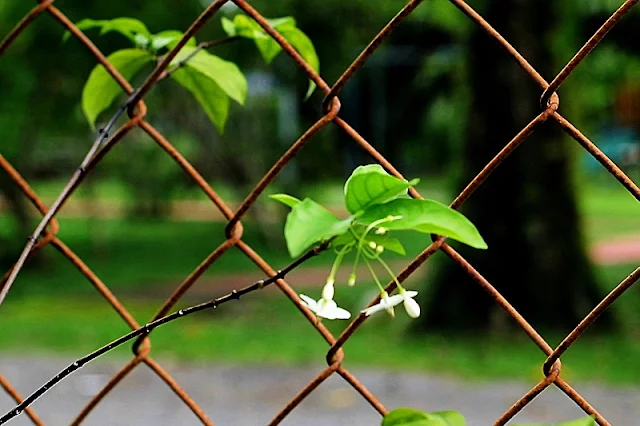
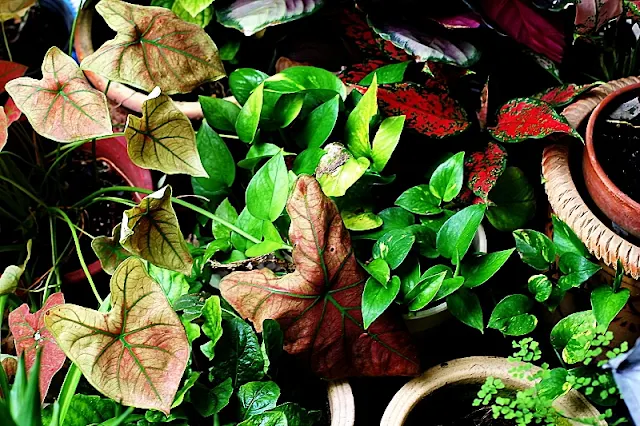
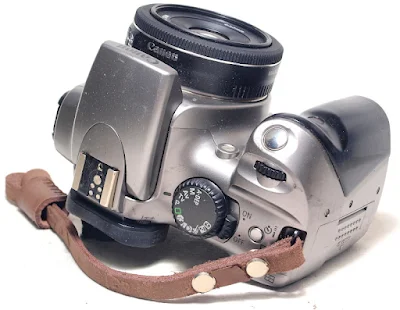
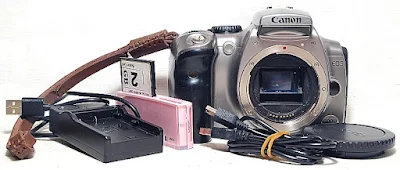











No comments:
Post a Comment